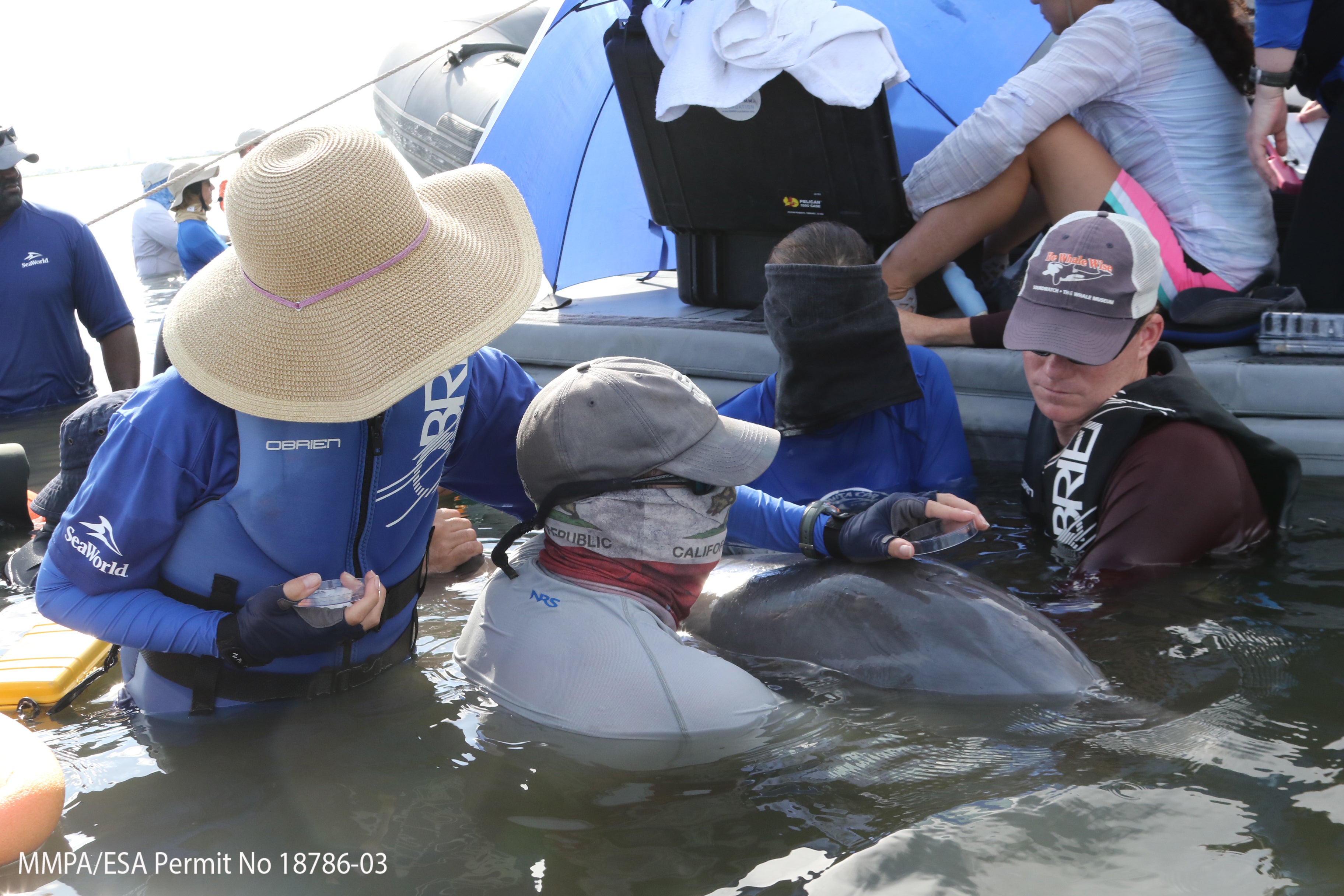
Your support helps us to tell the story
This election is still a dead heat, according to most polls. In a fight with such wafer-thin margins, we need reporters on the ground talking to the people Trump and Harris are courting. Your support allows us to keep sending journalists to the story.
The Independent is trusted by 27 million Americans from across the entire political spectrum every month. Unlike many other quality news outlets, we choose not to lock you out of our reporting and analysis with paywalls. But quality journalism must still be paid for.
Help us keep bring these critical stories to light. Your support makes all the difference.
Scientists have found microplastics in the air exhaled by wild dolphins, suggesting that these tiny particles are not just swallowed but also breathed in by marine mammals.
This is the first confirmation that dolphins, like humans, can breathe in these particles, raising concerns about the potential health risks for marine life.
Researchers from the College of Charleston collected air samples from wild bottlenose dolphins in Sarasota Bay, Florida, and Barataria Bay, Louisiana. The dolphins were temporarily captured for health assessments during which scientists gathered air exhaled air from their blowholes using clean collection surfaces.
All 11 dolphins tested showed traces of microplastics in their breath, including fibres from clothing and fragments of common plastics, the study published in the journal PLOS One on Wednesday said.
To ensure the microplastics were indeed coming from the dolphins and not just floating in the air around them, the researchers also sampled the air near the dolphins. The comparison allowed them to confirm that the detected particles were actually being exhaled.
“This demonstrates what other researchers have found that airborne microplastics are everywhere, regardless of urbanisation and development,” said Miranda Dziobak of the College of Charleston in South Carolina, US.
The particles found included a variety of plastic polymers, like polyester and polyethylene terephthalate, which are commonly used in clothing and plastic bottles.
“We found that many of the plastics the dolphins were breathing in were made of polyester, which is one of the most common polymers used to make the clothing we wear,” the researchers said. “Particles are constantly shed from our polyester clothing every time we wear them and especially when the clothes are washed.”

This finding is significant as it shows that dolphins, like humans, may be equally, if not more, at risk from inhaling microplastics.
Microplastics, typically less than 5mm in size, are already known to contaminate everything in our environment and have been found in human organs such as lungs, brain and male genitalia.
The tiny particles are known to cause lung damage and inflammation in humans.
Previous studies have shown that food and water are the main sources of ingesting microplastics. More recently, though, scientists have found out that humans may be inhaling microplastics from the air as well.
Dolphins, with their large lung capacities and deep breaths, may be more vulnerable to microplastics, the scientists warned. “We are concerned by what we are seeing because dolphins have a large lung capacity and take really deep breaths, so we are worried about what these plastics could be doing to their lungs,” the researchers said.
“Studies like this also warn us of hazardous exposures that people living and working in the coastal environment may be facing.”
While the study is preliminary, the researchers said their findings raise concerns about how widespread microplastic exposure could be in marine environments, even for animals that live far from urban centres.
They hoped that their findings would inspire further studies to determine the health effects of inhaled microplastics on dolphins and other marine and human life.







